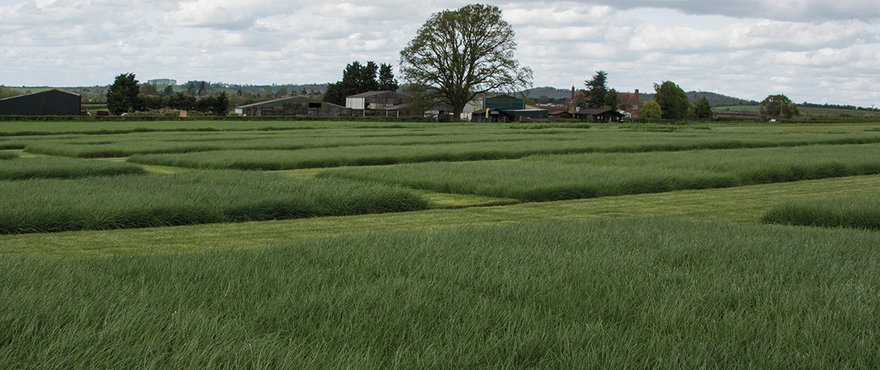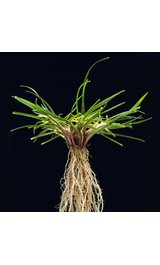Species: Lolium Perenne
Officially listed in: England, Wales & Scotland
Heading dates: England & Wales 22nd May; Scotland REE 36
Ploidy: Diploid
Bred in: Northern Ireland
Most suited to: Any medium – long term grazing and/or cutting ley where high yields are essential.
Digestibility
Across the multiple geographical locations, and throughout the year, Galgorm provides high quality forage from both silage and grazing management. Being relatively early, cutting to the appropriate growth stage is advised to optimise Galgorm’s quality and yield balance for silage, especially at first cut.
Other Attributes
It has excellent winter hardiness and good ground cover. Being a diploid, you should expect an average of 600,000 seeds per kilogram and a slightly more prostrate growth habit. Galgorm therefore brings ground cover and a higher plant population than tetraploid counterparts to mixtures.
Before recommendation, Galgorm has been extensively trialled across over 10 locations in the United Kingdom to gather data on its performance in multiple climatic conditions. The variety was named after Galgorm Castle in Ballymena estate which was built in 1618.
PERENNIAL RYEGRASS
DESCRIPTION: Dark green, densely or loosely tufted. Folded shoot and leaves.
FLOWERING HEAD: Flattened spike with the spikelets arranged alternately on opposite sides of the stem. The spikelets are stalkless with the narrow, rounded face fitting against the stem.
LEAF BLADE: Ribbed on upper surface, smooth and shiny underside. Red at base of stem.
AURICLES & LIGULE: Auricles are usually well developed, up to 1/12 of an inch (2 mm) long, or are sometimes lacking.



